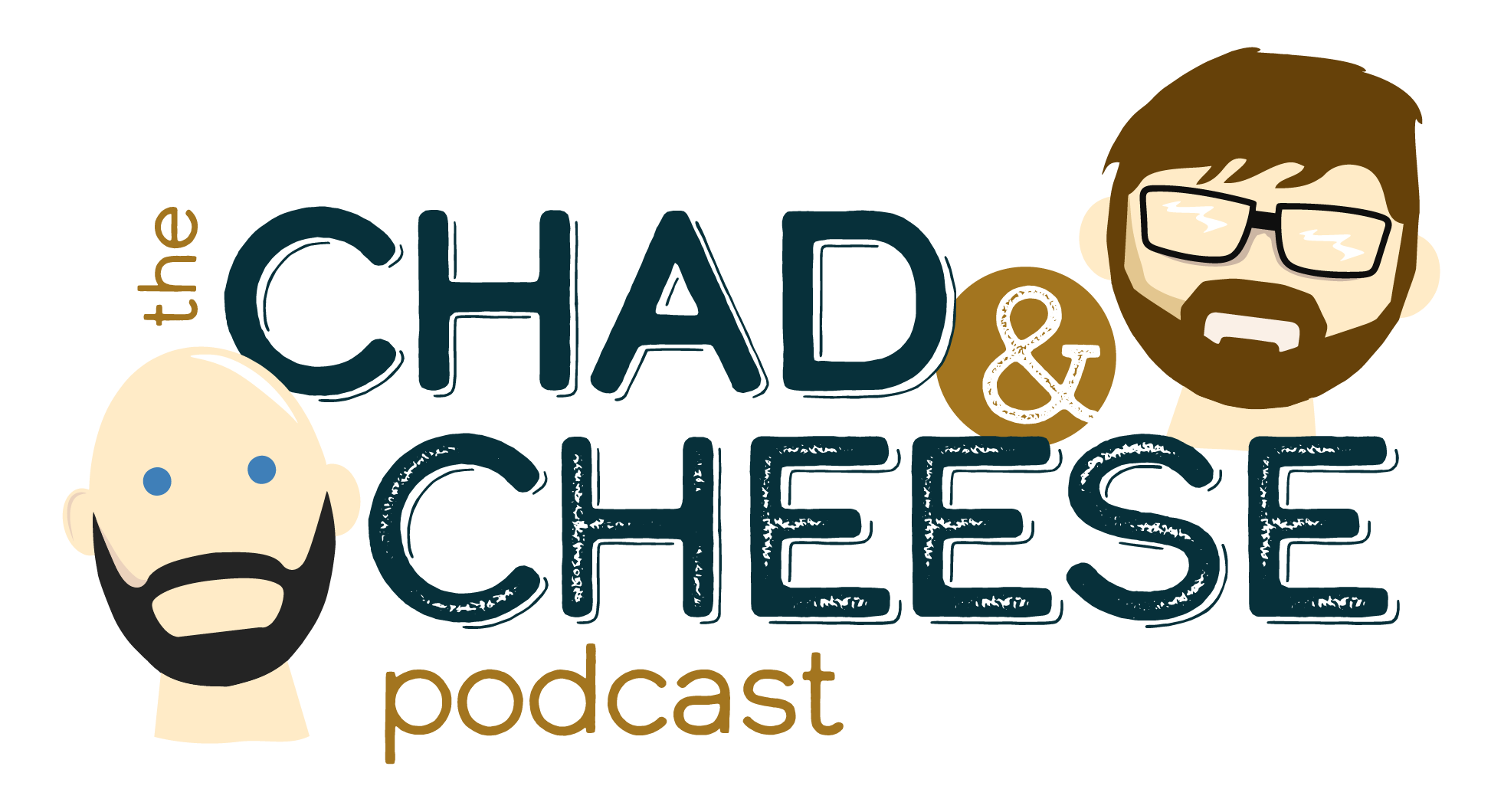The Benefits of Structure in Midlife
When you think of how you’d like to spend your time, does it involve a schedule or routine? Like many, you may envision days of relaxation as time spent without structure, deadlines, or set times. No alarm clocks, meetings, appointments, or deadlines. On the contrary, the fantasy of the perfect relaxing day is one that we allow to unfold naturally. While structure seems to embody rigidity and may even be a source of Stress, research shows a structured day is actually good for us (Fogg, 2019). Structure plays a role in influencing human behavior and helps us understand the steps required to meet a goal. Structure moves us from motivation to action. It thrusts us out of wishing and dreaming of things happening into action to make our goals a reality. In midlife, most of us feel pulled in many directions, which makes us want to move as far away from a structured day as possible. But, structure is just what we need.
Structure can be beneficial for a variety of reasons. Here are a few:
The Right Side of 40 is a reader-supported publication. To receive new posts and support my work, consider becoming a free or paid subscriber.
A sense of purpose and direction: Having a clear plan and set of goals can help people in midlife feel like they are progressing and working towards something meaningful. This can be especially important as people in this age range may face changes and transitions in their personal and professional lives.
Organization and time management: Having a structured approach to daily tasks and responsibilities can help people in midlife stay organized and on top of their to-do lists. This can be especially useful for those who may be juggling multiple commitments or responsibilities.
Promote healthy habits: Establishing structured routines around Exercise, Sleep, and Healthy Eating can help people in midlife maintain their physical and Mental Health.
Reduce stress: Having a clear plan and design can help people in midlife feel more in control of their lives, reducing stress and improving overall well-being.
Some potential negative consequences of a lack of structure in your day include the following:
Decreased productivity. It is difficult to know what and when to work on something without a clear plan or structure, leading to lower productivity and a lack of progress.
Increased stress and Anxiety: A lack of structure can lead to feeling overwhelmed.
Decreased focus and concentration: A lack of structure can lower productivity and efficiency because there isn’t a clear path forward.
Reduced sense of accomplishment: Without clear goals or tasks to work towards, it can be harder to feel a sense of accomplishment and progress, which can be demotivating.
While structure can be beneficial, it’s also essential to have flexibility and balance in one’s life. Too much structure can lead to rigidity and a lack of adaptability, so it’s necessary to find a balance that works for you. In midlife, a structured day
Start writing today. Use the button below to create your Substack and connect your publication with The Right Side of 40
Start a Substack
can be just what we need to create the balance we crave.
Reference: By Force of Habit: PW Talks with B.J. Fogg. (2019). Publishers Weekly, 266(43), 97–.
The Right Side of 40 is a reader-supported publication. To receive new posts and support my work, consider becoming a free or paid subscriber.
Originally Published on https://deborahheiserphd.substack.com/

























